Contents
Guide
List of Figures
Pagebreaks of the Print Version
HEROES & SCOUNDRELS
THE GOOD, THE BAD, AND THE UGLY
 OF THE
OF THE 
NOBEL PRIZE IN MEDICINE
Moira Dolan, MD

Fresno, California
Heroes & Scoundrels: The Good, the Bad, and the Ugly of the Nobel Prize in Medicine
copyright 2022 Moira Dolan, MD
Cover image courtesy Shutterstock/Jolygon
All rights reserved. No part of this book may be reproduced or transmitted in any form or by any means, electronic or mechanical, including photocopying, recording, or by an information storage and retrieval system, without written permission from the publisher.
ISBN: 978-161035-393-9
1 3 5 7 9 8 6 4 2
Linden Publishing titles may be purchased in quantity at special discounts for educational, business, or promotional use. To inquire about discount pricing, please refer to the contact information below.
For permission to use any portion of this book for academic purposes, please contact the Copyright Clearance Center at www.copyright.com
Printed in the United States of America
Library of Congress Cataloging-in-Publication data on file
Linden Publishing, Inc.
2006 S. Mary
Fresno, CA 93721
www.lindenpub.com
Contents
Preface
Welcome to the continuation of the lively biographies of winners of the Nobel Prize in Medicine begun in my previous book, Boneheads and Brainiacs, which covered the years 1901 to 1950. This volume profiles the prizewinners from 1951 to 1975. As a result, my research was easier, because so much more documentation is available from this period, including many video interviews; more numerous memoirs, biographies, and autobiographies; and treasure troves of the entire collected works of many of these scientists. Thus, the stories of only a quarter century fill as many pages as the first fifty years in Boneheads and Brainiacs.
Another benefit of the abundant documentation was that I was able to discover more about the sidelined playersespecially the unrecognized women who conducted much of the prizewinning research themselves or alongside the men who would become Nobel Prize winners. Medical history buffs may have already heard of Rosalind Franklins role in the discovery of the structure of DNA, but in these pages you will also meet Filomena Nitti, Esther Zimmer, Marianne Grunberg-Manago, Elizabeth Keller, Martha Chase, Ruth Hubbard, Betty Press, and Marguerite Vogt. In the first fifty years of the prize, Gerty Cori was the only woman to win, when she shared the award in 1947 with her husband, Carl Cori. In the next twenty-five years, all of the winners were male and white with the exception of Har Gobind Khorana, the only medicine prizewinner so far to come from India, also male.
Some themes are carried over from the first half century of the prize, such as the influences of the two world wars. In these pages, you will meet two winners who were card-carrying members of the Nazi Party, one famous American racist, a host of scientists who escaped the war as academic and political refugees, and amazing scientists who were resistance fighters. Other carry-overs from the first book are episodes of unethical behaviornotably taking credit where none is dueand, on the other end of the spectrum, instances of scientists not taking responsibility for goofs or fraud committed by others in their labs.
While some of the prizewinning research was truly delightful, like the discoveries of the amazing significance of the dance of the honeybees, other research was at best unoriginal, even leading a couple of these winners themselves to wonder why they got the prize. These are instances where advances in techniques led to mundane research yielding results largely due to nothing more than the application of good lab technique in a workmanlike fashion rather than any brilliant insight or novel approach to a scientific problem. Even the most famous of these accomplishments, the discovery of the structure of DNA, would have been worked out eventually by other researchers sooner or later, probably within weeks to monthsits just that Watson, Crick, and Wilkins beat everybody else to it.
The period covered here saw a shift in the nature of the scientific works that were recognized by a Nobel Prize. Discoveries in the first half of the twentieth centurysuch as penicillin, vitamin C, and estrogenwere more obviously physical and usually more directly applicable to patient care. In the next quarter-century, research largely turned toward entities visualized only with the aid of an electron microscope, or, more commonly, only indirectly identified and deduced through biochemical reactions. This research focused on genetics and viruses above all else. It is often difficult to discern the applicability of many of these discoveries to the everyday life of the health care consumer, but it does seem that the current pandemic has focused attention on these topics.
It is my hope that my readers become interested in the science and are entertained by the human stories.
Enjoy!
Moira Dolan, MD
Austin, Texas, May 2022
Yellow Jack
The Nobel Prize in 1951 was awarded to Max Theiler for his discoveries concerning yellow fever and how to combat it. The story of the research into yellow fever is the Nobel Prizes most deadly tale. It started more than half a century before the prize was awarded, and it is strewn with the illnesses and deaths of many researchers along the way. While it was not unusual for early infectious-disease researchers to fall victim to the illnesses they studied, yellow fever caused more sickness and death in investigators than any other disease.
The yellow fever victim suddenly feels feverish and becomes agitated or irritable. They then get a headache that becomes piercing in intensity and is accompanied by extreme light sensitivity. Within hours, the victims temperature goes up to 103 degrees Fahrenheit or higher. At the same time, their pulse slows down, which prevents sweating, and as a result, the victim rapidly becomes dehydrated. The disease next attacks the internal organs, including the kidneys, intestines, liver, and brain. Liver failure causes a buildup of yellow bile, resulting in the skin turning the yellow color of saffroned rice and the whites of the eyes taking on a golden glowthe intense coloration yellow fever is named for. At this point, some patients may begin to slowly recover. The unlucky progress to vomiting black blood and may even bleed from every orifice. The most freakish aspect of yellow fever is how it can affect the brain, causing agonizing delirium and violent convulsions until death. Complete recovery can take weeks or months, and even then, in rare cases a person can die from heart complications years after apparent recovery. Modern medical literature reports yellow fever morality worldwide at over 40 percent.
The infectious disease originated in Africa, where it was endemicpresent all the time at low levels. Widely fatal epidemics of the disease at higher levels in specific regions were not recorded until an outbreak in 1648 in Barbados in the eastern Caribbean. More outbreaks followed the next year in Mexicos Yucatn and in Brazil, after ports in both places received slave ships. The United States saw a yellow fever epidemic the following year in New York, again linked to the arrival of a slave ship. Subsequently, there were epidemics in Philadelphia, where in 1793 some 9 percent of the population was killed; Baltimore; and again in New York City. The 1800s saw major epidemics in Charleston, Savannah, Mobile, New Orleans, and Memphis. Memphis was hit a second time in 1878 with an outbreak more deadly than ever before experienced in the US. The first two cases were recorded at the end of July. By August, yellow fever deaths were so numerous that there was a mass exodus from the city. By September there were only 19,000 residents left, of whom an estimated 17,000 were infected. Ultimately there were over 5,000 deaths. This incident remains the largest and most deadly urban infectious epidemic to hit America, relative to a citys population.

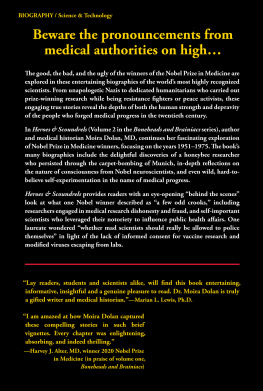
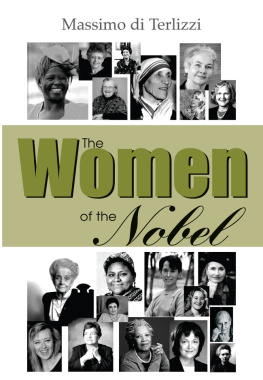
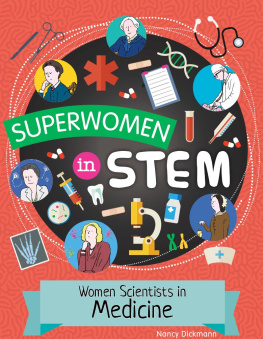


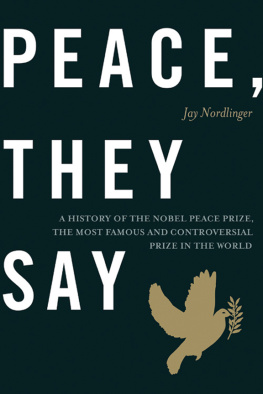
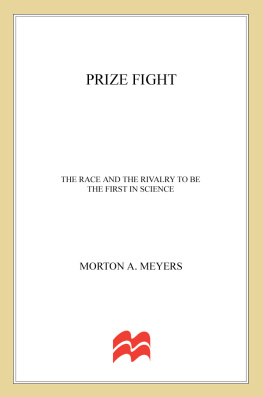
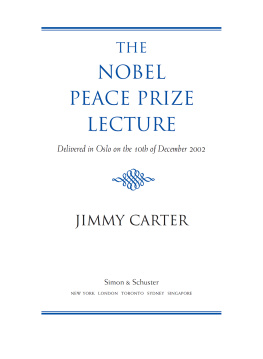
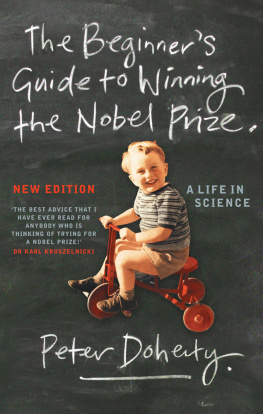
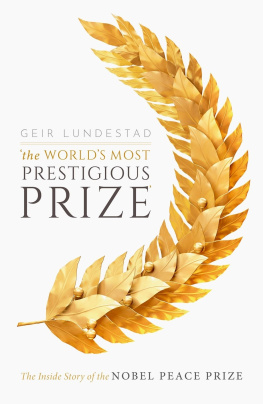
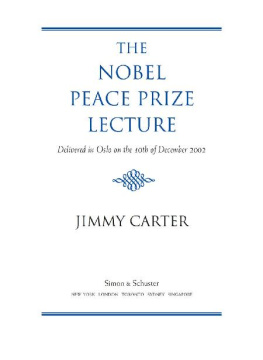

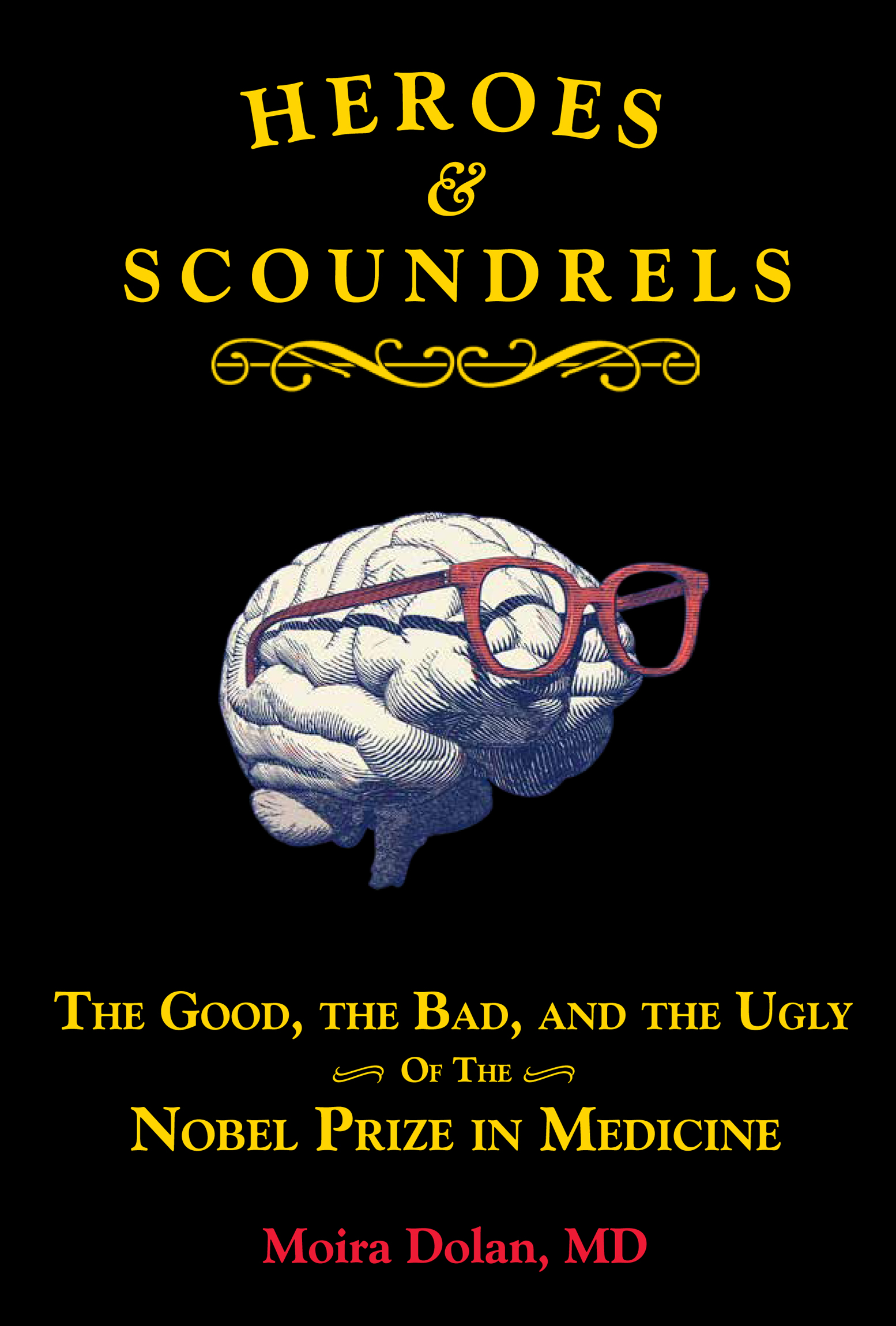
 OF THE
OF THE 